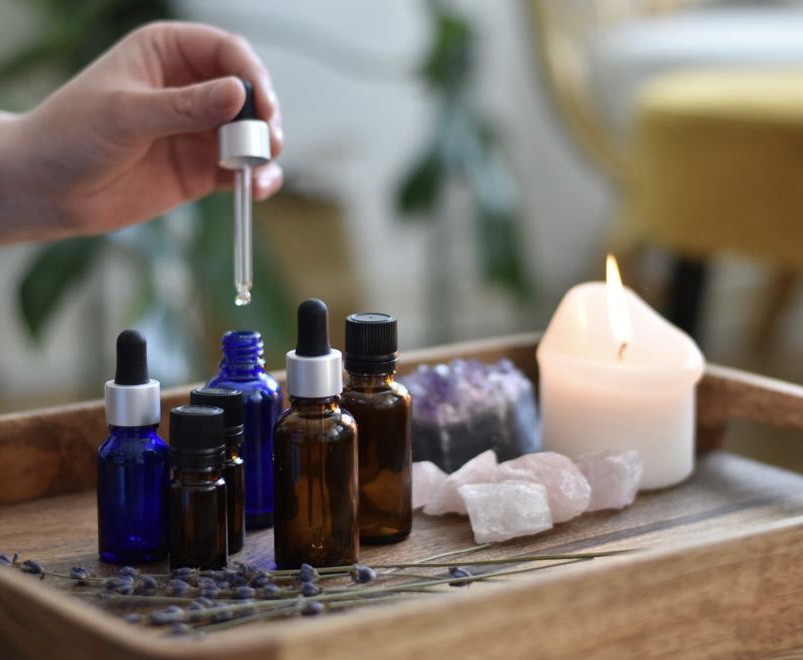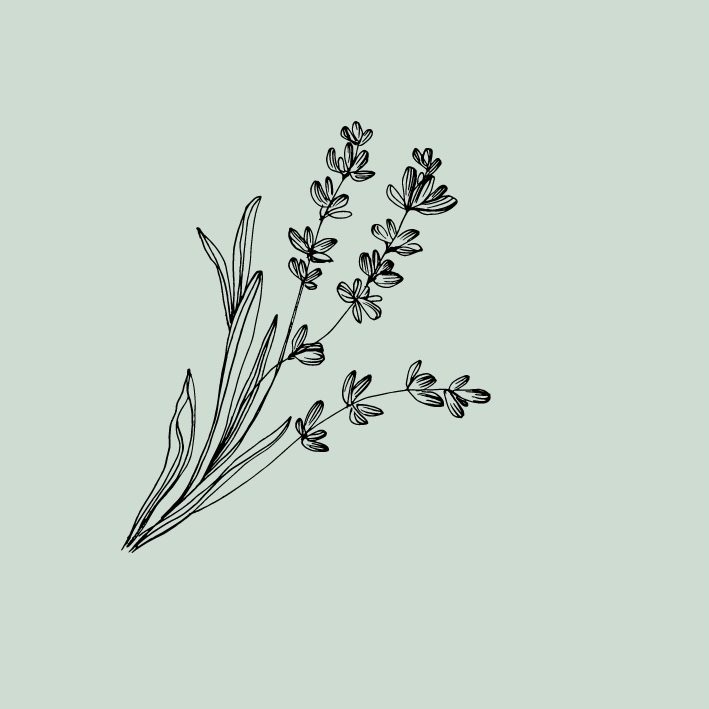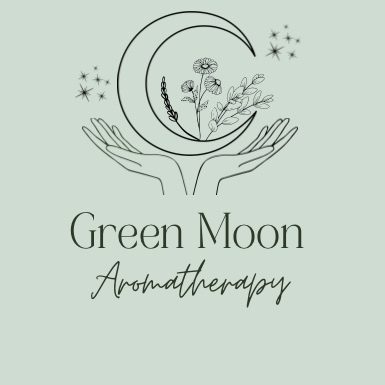Aromatherapy is a holistic complementary medicine using essential oils to heal and balance all the aspects of the individual: physical, mental, emotional and energetic.
Aromatherapy can be used as a prevention or as a treatment and can work on a very wide range of issues.
Aromatherapy has been around for thousands of years (ancient Egypt, China, India, Greece). The father of the word “aromatherapy” is a French chemist and perfume maker, René-Maurice Gattefosse, who after a burning incident, discovered the healing properties of lavender essential oil.

In the last couple of decades, aromatherapy has been gaining ground in modern medicine as scientists worldwide have been carried out extensive research and medical studies. Aromatherapy has been widely used in the cosmetics and food industry.
© CELESTE JONNAERT

